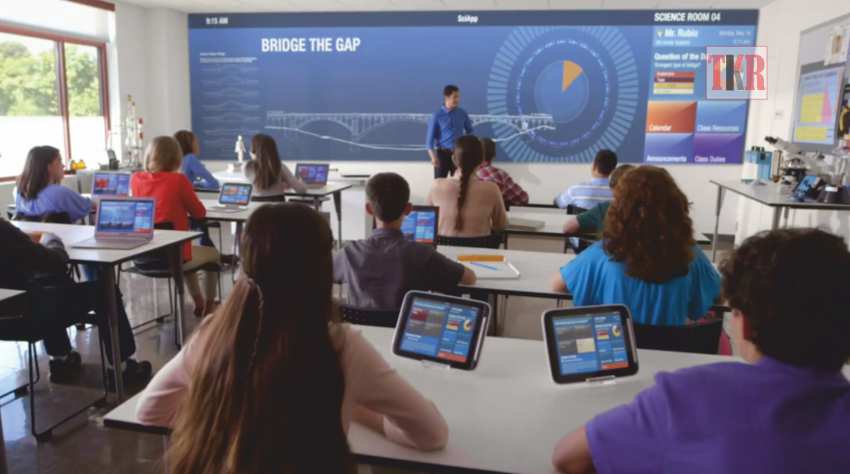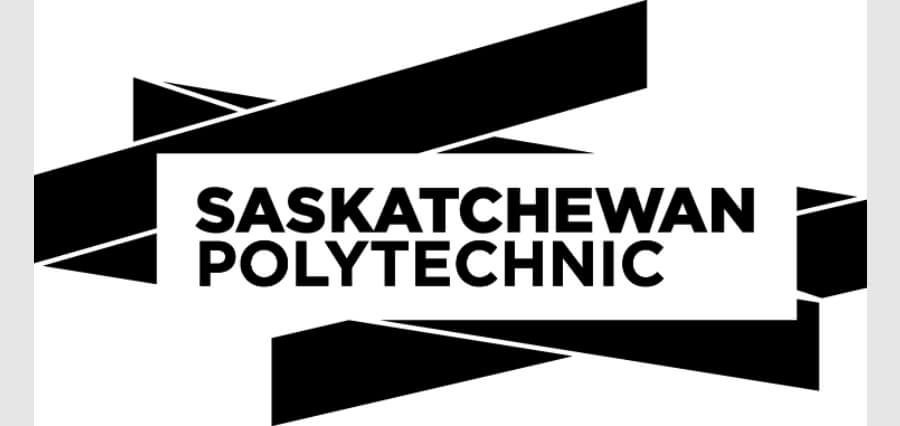In this 21st century, teachers are always trying to come up with innovative and fun ways to improve the education techniques for the students. As per research, children tend to learn better when they are enjoying the study. Another scientifically proven study reveals that information attained using both audio and visual medium, tends to stay longer in the brain. The use of animation in education can have revolutionary effects and can offer exciting possibilities to meet the needs of the modern day learners. If designed and implemented properly, animation in teaching procedures can significantly enhance student learning.
The Two-fold Role of Animation in Learning
Animation supports students’ cognitive processes and assists them in better understanding the subject matter. It helps them in making the teaching–learning process an exciting and worthwhile experience. Teachers can incorporate interesting and fun animation content in the classroom lectures. This can make the subject matter visually appealing. Various complex theories and procedures can be explained with ease using animation. For example, teachers can use animation to explain how the solar system works or to demonstrate complicated mathematical theorems. Various subjects like English, science, foreign language, and so on, can be easily taught using animation.
Animation also attracts the attention of the students, engages the learners, and motivates them. It facilitates comprehension of any subject matter and makes the educational procedure interactive, creative, entertaining, and motivational. Children enjoy animated stories and sessions, and at many institutions they are also given the opportunity to create their own stories. This promotes creativity among students and also provides teachers the opportunity to utilize this technology to meet various educational objectives.
The Advantages of Implementing Animation in Educational Procedures
There are various benefits that animation provides to the teachers and students. It plays a very important role towards the upliftment of educational procedures and enhancing the teaching–learning process in the classroom.
Some of the various advantages that animation provides as an effective learning tool have been mentioned below:
* It expedites the development of students’ skills and their understanding of creating and responding.
* It helps the students to apply imagination and rational thinking.
* Animation provides students to innovate and come up with numerous solutions to a problem.
* It promotes creative work by facilitating the understanding of value of reflection and critical judgment.
* It also provides scope of peer interaction along with receiving and using feedback.
* It motivates students to come up with their own solutions to a given problem.
* It develops positive attitudes towards art and animation and also introduces various career possibilities to students who want take up animation as a profession.
The Disadvantages of Implementing Animation in Education
Although animation provides a wide array of advantages to the students, it also carries along a bag of disadvantages. Students and teachers should be careful about the various drawbacks of animation while utilizing it.
Some of the shortcomings of animation include:
* There are many information of real-life learning that gets lost in animation.
* From a technical point of view, computer programs may function really well. But, at times teachers may find it difficult to fit it into a curriculum.
* In a group class, there are different aspects of different student. Teachers need to possess certain program technology and experience skills which require proper training and research. Hence, it may not be suitable for every teacher.
* A proper animation presentation requires special equipment and proper training. Although some animated presentations can be made using basic graphic packages, there are many high quality animation presentations which require specialized educational knowledge, software, and programming. This may not be feasible for all the teachers.
* Creating animation presentations requires lots of computer memory and storage space as they contain lots of graphical objects and images.
* Creating basic animation requires a lot of effort. Users must be aware soft wares like flash. In case of online contents, too much animation can be distracting and at times annoying, in case of animated advertisements on the web page.
Responsible Utilization for Educational Upgradation
Implementation of animation in education is a game changer. But, for its effective utilization understanding the students is important. They have grown up with technology surrounding them and it is in fact, an important part of their daily lives. Students are more accustomed to advanced technology, and as a result, also expect the use of similar technology in school.
Kids these days need tools which support education in a creative manner. It is very important that the school authority encourages them to use these tools in education creatively for better outcomes. Teachers should make sure that animated content and other such related materials are used in the classroom in such a way that it does not distract the students from their studies.
Rather it should motivate them to concentrate more in studies and along the way, create a worthwhile experience for them.
Teachers should create a step-by-step lesson plan for better delivering educational content to the students. They should give them the time to observe, listen, and learn at their own pace. Teachers should provide them the support and assistance as and when needed. Care must be accounted in making sure that students don’t absorb negative information from animated content which may influence their morality and positive attitude. Animated content in education is a powerful tool and can work wonders if used in the right way. Hence, teachers and educational institutions should work together and use animation as an innovative tool to provide effective education to the students. They should create animated content keeping in mind that the content should be short, appropriate, and deliver clear message with least effort.
— Ananda Kamal Das









